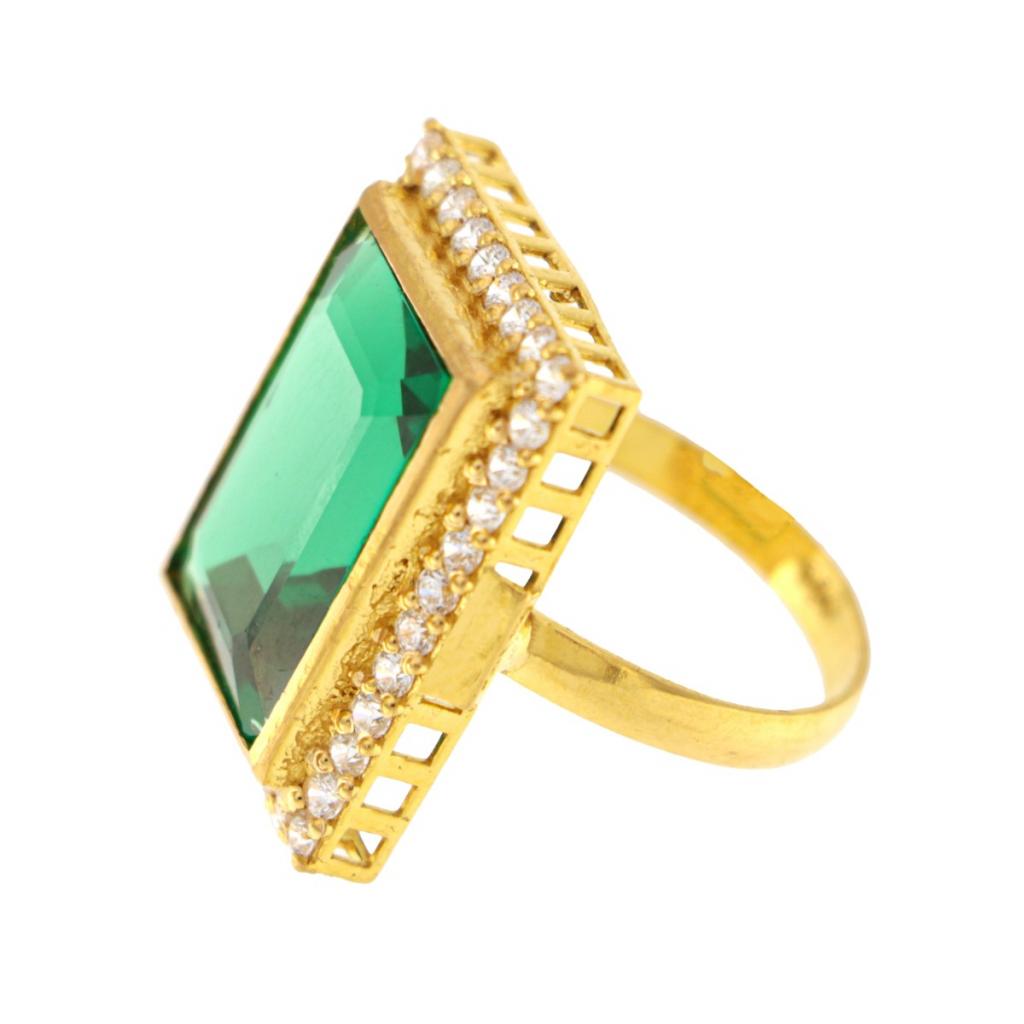Traditionally, gold has been the metal used in rings, for a number of reasons. From its value and social status to its malleability and comfort, gold rings have been 22ct gold rings the standard for as long as people have been making jewellery. But if you are in the market for a ring, there are some downsides to sticking with tradition and reaching for the gold.
For one thing, there's the softness issue. Gold is a very malleable metal, which is great for jewellers. It means it doesn't take much in the way of heat or force to get gold to do what they need it to. Unfortunately for you, it doesn't take much for you to do significant damage to your ring, either. A gold ring will not hold up well to frequent bumps and impacts. What might seem like a soft bump to you can dent or scratch your ring. And of course, with time, that gold ring will warp and bend from the heat of your hand, turning your perfectly round ring into a slightly misshapen oval.
Then there is the irritability factor. For some people, indian gold rings jewellery is simply not an option. Whether it's discolorations of the hands, or a more significant reaction, gold can sometimes be an irritant to the skin. While outright allergies to gold are somewhat uncommon, the alloys used to produce gold jewellery can react on some people. Black marks around the finger that you wear the ring on are the most common reaction. A higher karat or quality value of gold will sometimes cure this problem, but it will increase the cost of your gold ring significantly.
Aside from those problems, there is the originality factor. A gold ring is a common piece - odd as that may be for such an expensive white gold ring metal. Gold has been used in jewellery for hundreds - if not thousands - of years, and many people who would rather not put much thought or importance on the originality of their ring simply select gold out of habit or the suggestion of others.
For more detail to visit our website>>>> A1jewellers

